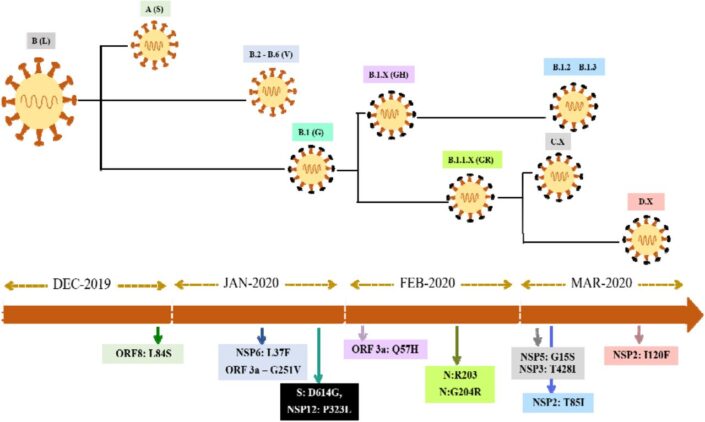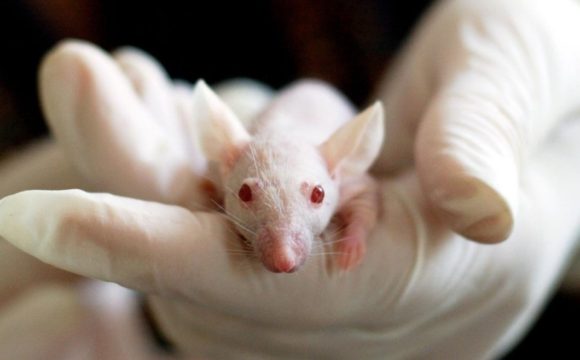SARS-CoV-2 has been a prevailing epidemic disease that has impacted a great number of the population all throughout the world in recent days. It is also put into account that multiples of other variants of SARS-COV- 2 have also emerged dramatically one after another in a span of just one or two years. SARS COV 2 is a strain that originated in Wuhan, China. When the SARS-COV-2 strain infects human cells, its pathway for spreading pathogenicity involves interactions of its spike proteins to a receptor in the host cell. With the virtue of the spike proteins, this RNA strain interacts with a protein receptor in humans called ACE-2 (angiotensin-converting 2). Digging deep into the molecular mechanism of SARS-COV-2 can provide answers for blocking its infection.

The Omicron variant is the COVID-19 spreading strain which has proved to be very fatal for the entire world and has tremendously impacted almost every human being in the world. There have also been recent updates that are indicative of evolved sub-variants of the Omicron variant which can dramatically re-infect people. They are named BA.2, BA.4, and the most recent one, BA.5. The question here lies, where exactly are these new sub-variants coming from?It is proved that day by day, by virtue of mutations in the genetic makeup of pathogens, more lethal forms or sub-variants have evolved. A mutation in SARS-COV-2 virus refers to a change in the genetic sequence of the virus with respect to the reference sequence such as Wuhan-Hu1, the first genetic sequence identified. For example, the D614G mutation in the SARS-COV-2 viral strain is a spike mutation that causes alterations in the spike protein of the virus, thus, encouraging changes. Most of the mutations that occur in the viruses have nearly negligible evolutionary attributes or transmissibility. Thus, the probability of causation of severe diseases becomes less in such cases.
Concerning Attributes of the sub-variants
Although a virus undergoes numerous mutations one after another, it tends to behave in an extremely different way, a different lineage altogether. But, when mutations lead to evolved and enhanced features of the viral strain so as to cause more severe diseases and spread more rapidly, it becomes a variant. The BA sub-variant is one such example that is known to have evolved as a result of various mutations of the Omicron virus. Even though SARS-COV-2 had other sub-variants as the outcome of mutations (such as the DELTA variant), however, Omicron has overpowered all such mutations with its exponential transmissibility.
Evidence shows that the sub-variants of the Omicron virus (BA sub-variants), especially BA.4 and BA.5 are capable of re-infecting people who have already been infected from the BA.1 Omicron variant. Even the vaccinated people can potentially get infected by the sub-variants. There is a huge possibility that due to such evolutionary features wherein the sub-variants are capable of dodging the immune response, a rapid rise in the reinfection rates would be seen.
SARS-COV-2 is not basically a fast mutator as it seems but is much slower than many other viruses such as influenza virus. Nevertheless, the virus evidently showcases some sort of mutational rush for a short duration, according to researchers. And as an outcome of such a rush, the virus can undergo faster mutations than usual (about four-fold faster). The mutational evolution of the virus develops advantageous factors which help it to overpower the original as well as the other mutational variants of the same viral strain.

Are mutations the only reason for viral evolution?
There exist two hypotheses that seem to provide logical explanations about the origin of the Omicron variant of the virus. These hypotheses also imply the reason behind the occurrence of numerous mutations of the virus. Prolonged infections in human beings with weaker immune systems have also been suggested as a possible reason for the evolution of the virus. There are also observations that show that mutations are not the only reason for the emergence of new and advanced variants. To give an example, Omicron XE is a variant of the virus which emerged solely due to the recombination of the BA.1 and BA.2 sub-variants. Both the BA.1 and BA.2 variants affect a patient at the same time in such a case constructing a hybrid variant. These recombination events leading to the development of the newest variants are possibly the main cause of enhanced transmission and severity.
Scientists have been working on digging out more of such possibilities causing the emergence and spread of new mutations and the recombination of variants. It is crystal clear that as long as there exists a virus, there will always be new variants with more advanced features as a result of multiple mutations and recombination. Better knowledge of the evolutionary and transmission mechanisms can pave the way to developing strategies to limit their transmission and reduce the severity of the virus. Further, this would help create vaccines much more effective against multifold mutations.










